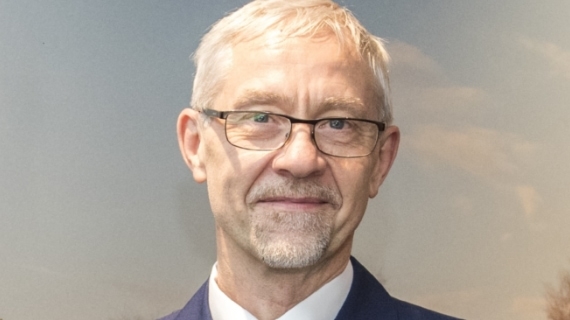Christian Decobecq
Multidisciplinary intervention on DVI operations: the role of criminal police

- Since 1976, I have worked in the Belgian police force in various operational (anti-gang patrols), logistical & technical ( weapons & ammunition specialist) functions.
- Joined the special units (SWAT Team) in 1992 where I performed administrative and technical functions, specialised in the use of explosives.
- Volunteered for the Disaster Victim Identification (DVI) non-permanent team in 1992.
Participated in numerous DVI missions in Belgium and abroad (Romania in 1995, Kosovo in 1999 & 2000). - International project officer in the special units for the European projects ATLAS (SWAT Teams) & CSW (Surveillance Teams).
- Head of Department of the Belgian DVI in 2013.
- Promoter of the European DVI courses of CEPOL (European Police College) in 2014.
Trainer of the CEPOL DVI courses since 2015. - Responsible for the identification of deceased victims following the Terrorist Brussels attacks.
- Promoter in 2017 of the European network of DVI experts.
- Chairman of the European network of DVI experts in 2018 until September 2022.
- Retired from the police force on 01 October 2022.
Nationality: Belgium
Scientific areas: Forensic dentistry
10 of november, from 09h00 until 13h00
Room 2
Conference summary
In essence, the identification of deceased victims in the event of a disaster is always the result of a multidisciplinary collaboration, whether national or international. In general, the coordination of the various participants is ensured by the criminal police in charge of the identification operation, under the aegis of the judicial authorities.
In order to optimise the necessary multidisciplinary collaboration, and above all to avoid any dysfunction or error in the field, a coordination strategy at national and international level must be put in place.
This coordination at national and international level will be achieved through the establishment of national and international working groups, following which inter-agency assistance protocols and operational processes will be developed.
In general, the identification methodology applied in the field is that recommended by INTERPOL, which is recognised worldwide.
The different phases of the identification process, according to INTERPOL’s principles, are implemented to formally and scientifically identify the victims who died during a large-scale incident.
Different activities will be deployed to carry out the identification process:
– Recovery of bodies from the site of the incident;
– Conducting post-mortem examinations on the remains of victims;
– Collecting Ante-Mortem information from the relatives of the deceased victim;
– Comparison of Ante & Post-Mortem data;
– Formal identification of the victim;
– The announcement of bad news and the release of the body to the victim’s relatives.
All these activities require the collaboration of different disciplines in the field, from first responders (Fire Brigade, Military, Civil Protection) to medical personnel (Doctors, Odontologists, Anthropologists, etc).
This support from these different disciplines to the Criminal Police in charge of the identification operation is essential for the identification process.
It goes without saying that each discipline involved in the field applies its own intervention methodology and can, in the context of a disaster, lead to risks of dysfunction.
Hence the need to implement preventive measures that will be part of the coordination strategy mentioned above.
Preparation is key of success!